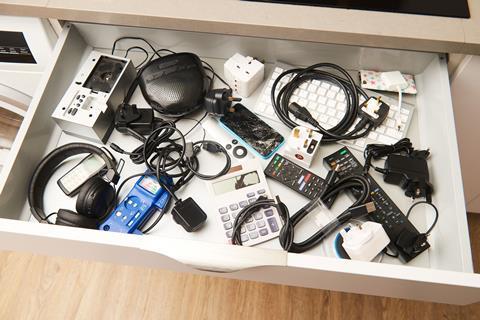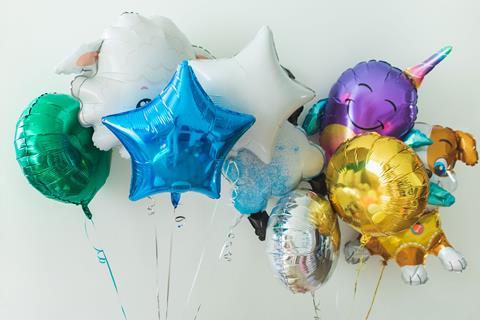From helium to lithium and aluminium, discover some of the elements at risk
Humanity has already found all the elements that exist on Earth. These are the elements on the periodic table up to atomic number 92, uranium. Anything beyond that is too unstable to have been able to exist naturally since the Earth’s formation. Scientists have also made a further 26 elements in the lab and are confident that there are at least 172 possible elements. This means we haven’t discovered a third of the periodic table.

So there are plenty more elements yet to be made, but what about the naturally occurring elements – will supplies of any of these run out soon? This is a valid concern as there is only so much to go around and recycling isn’t currently as efficient as it could be, with lots of e-waste gathering dust in drawers too.
Mining metals
Mining mania
Lithium supplies are an area of particular concern. We use this metal in rechargeable lithium-ion batteries, found in phones and cars. There are immense deposits of lithium in the Earth’s crust and we have barely touched some of the largest deposits, such as those under Bolivia. Nevertheless, demand may lead to us mining all of this by the end of this century. Some countries, including China, are investing huge amounts of money in building roads abroad to secure future access to other countries’ lithium mines because of the possibility that lithium supplies could run out.
Running out of helium would be a major concern for everyone, not just partygoers
Another metal under similar threat is indium, used in computer and mobile phone screens. In fact, we could potentially use up supplies of many widely-used metals, from aluminium to nickel.
Another metal under similar threat is indium, used in computer and mobile phone screens. In fact, we could potentially use up supplies of many widely-used metals, from aluminium to nickel. Find out more about these precious elements on the Royal Society of Chemistry webpage (rsc.li/3z3codh).
Chemists seek solutions
Green chemistry is moving us towards a circular economy – with the goal to recycle and reuse all elements again and again. Chemists are also seeking simple, cost-effective alternatives to current technologies to ensure we only use the rarer elements when necessary. We’ve done similar before. In the 19th century, the most in-demand materials were whale oil, used for lamp light, and guano (bird poo), which was rich in nitrates for fertilisers and gunpowder. Several wars were even fought over the ownership of bird poo reserves! By realising that hydrocarbons can generate electricity and developing the Haber process to extract nitrogen from the air, chemists reduced demand on these limited supplies.
An area of particular interest now is the development of sodium-ion batteries as a replacement for lithium-ion batteries. After all, there is plenty of sodium in the sea – as sodium chloride, or salt.
Running out of gas
A weighty issue/Not so funny

Currently, helium is the element most likely to run out. Gases such as nitrogen, hydrogen and oxygen are easy enough to obtain – we can extract nitrogen from air and use electrolysis to split water to obtain hydrogen and oxygen. But the same isn’t true for helium. This gas is produced in small amounts deep underground. Helium is lighter than air, meaning once we bring it to the surface, it can escape our atmosphere and drift off into space just like the party balloons it fills.
Running out of helium would be a major concern for everyone, not just partygoers. We use liquid helium to keep semiconductors at temperatures very close to absolute zero, allowing them to work with no electrical resistance. It is therefore essential for machines such as MRI scanners in hospitals.
Although helium only exists on Earth in tiny amounts, it is the second most-abundant element in the universe and is constantly produced in stars. It’s possible that, in the future, we might be able to start mining asteroids or planets for helium and other elements.
Reassuringly, we aren’t going to run out of any of the elements in our lifetimes. They may, however, become scarcer as demand for them rises, and they might become more expensive too. We also have a responsibility to future generations to preserve what is left. Chemists need to rise to the challenge of making this happen.
Watch this TikTok through your indium-based screen:
@royalsocietyofchemistry Elements are everywhere making up everything 🌍 But will we have enough of them forever? Ross shows us some examples of rarer, useful elements and some of the challenges we face in keeping them. Don't worry though, #chemistry has an answer! #science #sustainability #elements ♬ Time (Instrumental) - Andy Ms
Kit Chapman
Watch this TikTok through your indium-based screen: bit.ly/3XXRphS














No comments yet